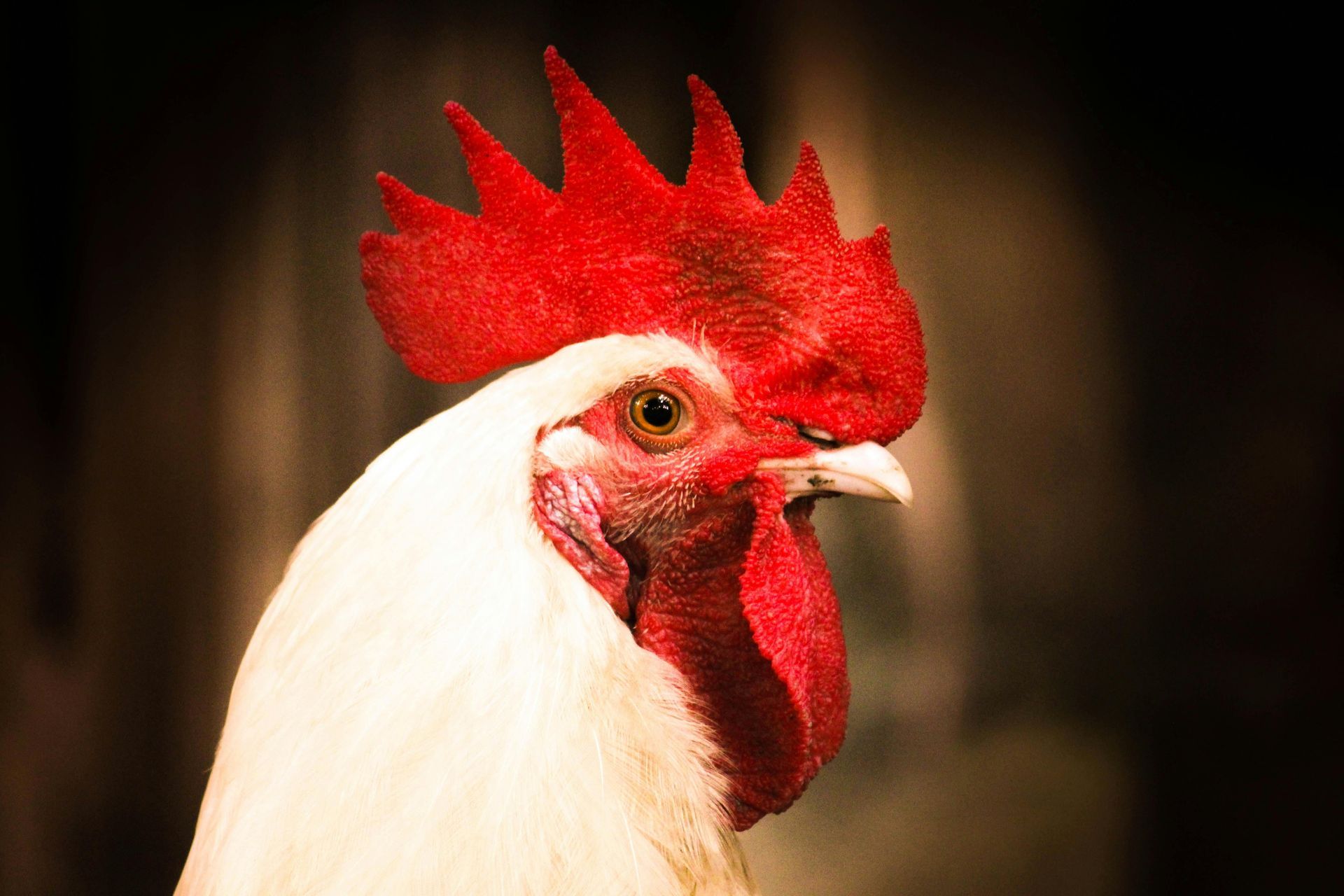CHICKENPOX (VARICELLA)
Chickenpox, once a prevalent childhood illness caused by the varicella-zoster virus, has become less common due to the effective use of the Varicella (chickenpox) vaccine. Children generally receive this vaccine at 12 months of age, with a booster administered at 4 years old. Ensuring that your child receives these vaccinations is crucial in preventing chickenpox.
The symptoms of chickenpox generally appear after an incubation period of 10 to 21 days. The illness usually begins with a rash, which starts as small red spots that rapidly develop into clear blisters. These blisters eventually rupture and form crusted lesions.
Throughout the course of the illness, you will typically observe three types of lesions: small red bumps, clear blisters, and crusted bumps. The rash commonly starts on the chest or back before spreading to the face, neck, arms, and legs. In addition to the rash, children may experience a fever lasting several days, along with symptoms such as a runny nose, sore throat, and/or cough.
Chickenpox is highly contagious from 1-2 days before the rash appears until all lesions have crusted over, typically taking 5-7 days from when the rash first appears. During this period, new lesions may continue to develop for up to three days after the rash first emerges.
While chickenpox is generally mild, it can lead to complications. The most common concern is a secondary bacterial infection of the lesions, identified by redness or pus discharge. These should be managed as you would impetigo.
Medical attention should be sought if lesions become noticeably large, there is significant pus, or red streaks extend from the lesion. Serious complications, though rare, include pneumonia and encephalitis. Pneumonia symptoms might include severe coughing or difficulty breathing, while encephalitis may present as a headache, stiff neck, vomiting, or lethargy. Immediate medical attention is important if these symptoms appear. A secondary bacterial blood infection, often caused by the bacteria responsible for strep throat, can occur after the initial chickenpox infection. If high fever returns after resolving, typically between days 4-8, consult us for an office visit promptly. This same strep germ can also infect the chicken pox lesions and cause a skin infection called impetigo. Consult for this as well.
Treatment of Chicken pox:
- Keep your child away from other susceptible children. Although Chickenpox is usually a mild illness in children, it can be more severe in adults. If you are unsure as to whether you have had Chickenpox and your child catches the disease or has been exposed to someone with the disease, you need to contact your own physician.
- Use Benadryl or cetirizine for itching (see Dosage Guide) and trim the child’s fingernails. If itching is quite severe even with Benadryl, try Aveeno baths. Scratching lesions can cause secondary infections and scarring.
- For the discomfort of fever and the pain of Chickenpox lesions you may use acetaminophen (Tylenol; see Dosing Guide) if you desire. Please be aware however that fever is actually beneficial in Chickenpox, and should not be treated if your child is comfortable. Studies have shown that children with Chickenpox who had fever reduction treatment were sick longer, had more lesions and were more likely to scar than children who had no fever control. For this reason you should avoid as much as reasonably possible the use of fever control medications with Chickenpox (please see the section on fever). Aspirin should be strictly avoided in the treatment of Chickenpox because of the potential for Reye’s syndrome.
- The child is contagious for about a week after the onset of the rash or until all sores have crusted over and have begun to dry. So, keep your child home from school, daycare or church until all lesions have fully crusted over (5 to 7 days).
- We do not recommend exposing your child to Chickenpox in order to catch the disease. A Chickenpox vaccine is available to control the disease. It is usually given anytime after the age of one year.
- If begun early in the course of Chickenpox, acyclovir (and other medications in this class) which can shorten the duration that a child has Chickenpox. Consult us for the use of this medication.
Shingles
Shingles represents a reactivation of the chickenpox virus, known to affect mainly adults but also occasionally occurring in children. This condition develops because the virus remains dormant in nerve tissue near the spinal cord in individuals who have previously had chickenpox. Reactivation causes a painful rash along specific nerve pathways, typically triggered by another viral infection or immune system changes. People with active shingles can spread the chickenpox virus to those who have never had chickenpox. It is important to cover the lesions to prevent virus dissemination and to guard against bacterial infection, although quarantine is not necessary.
Treatment of Shingles:
- Shingles is much less contagious than Chickenpox. It is acceptable to completely cover the lesions with gauze and tape and allow those individuals to go back to work, school or daycare. Care must be made to keep the lesions completely covered however.
- As with Chickenpox treatment, there is a medication called acyclovir (and other medications in this class of drugs) which can shorten the duration that a person has Shingles. Consult us for the use of this medication.
- For painful Shingles, consult us for treatment options.
For older people a Shingles vaccine is available.
Strep complication of Chickenpox
The germ that causes strep throat can complicate Chickenpox. If the lesions begin to look angry, or the child looks ill, consult us right away. Strep infection is possible.


